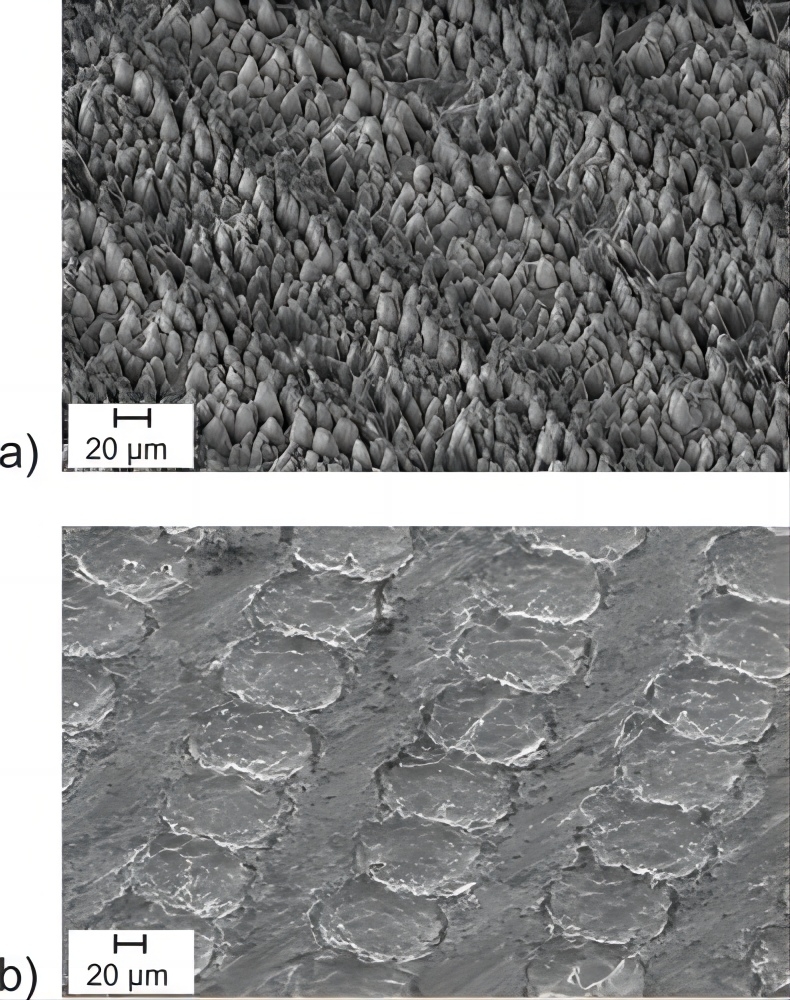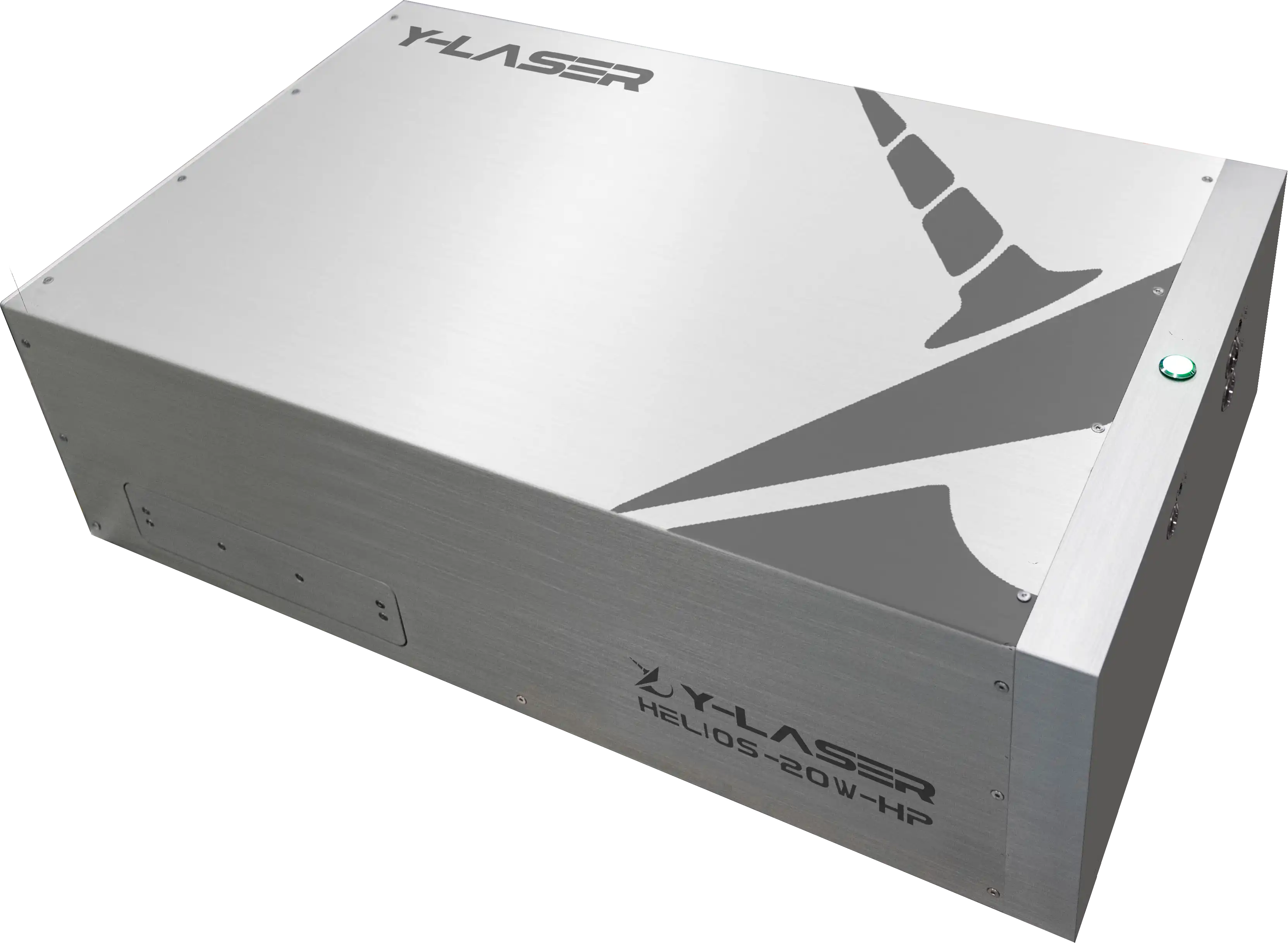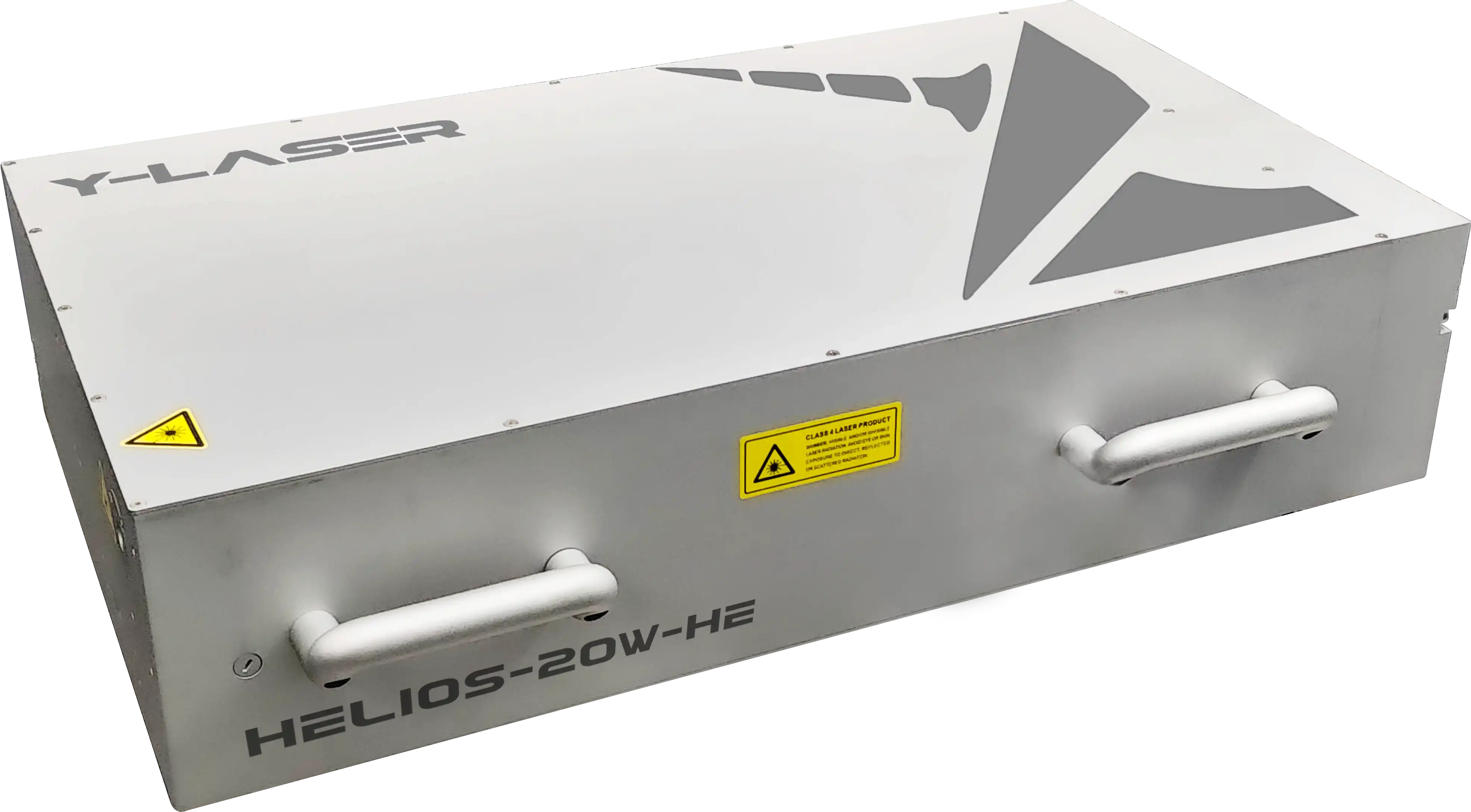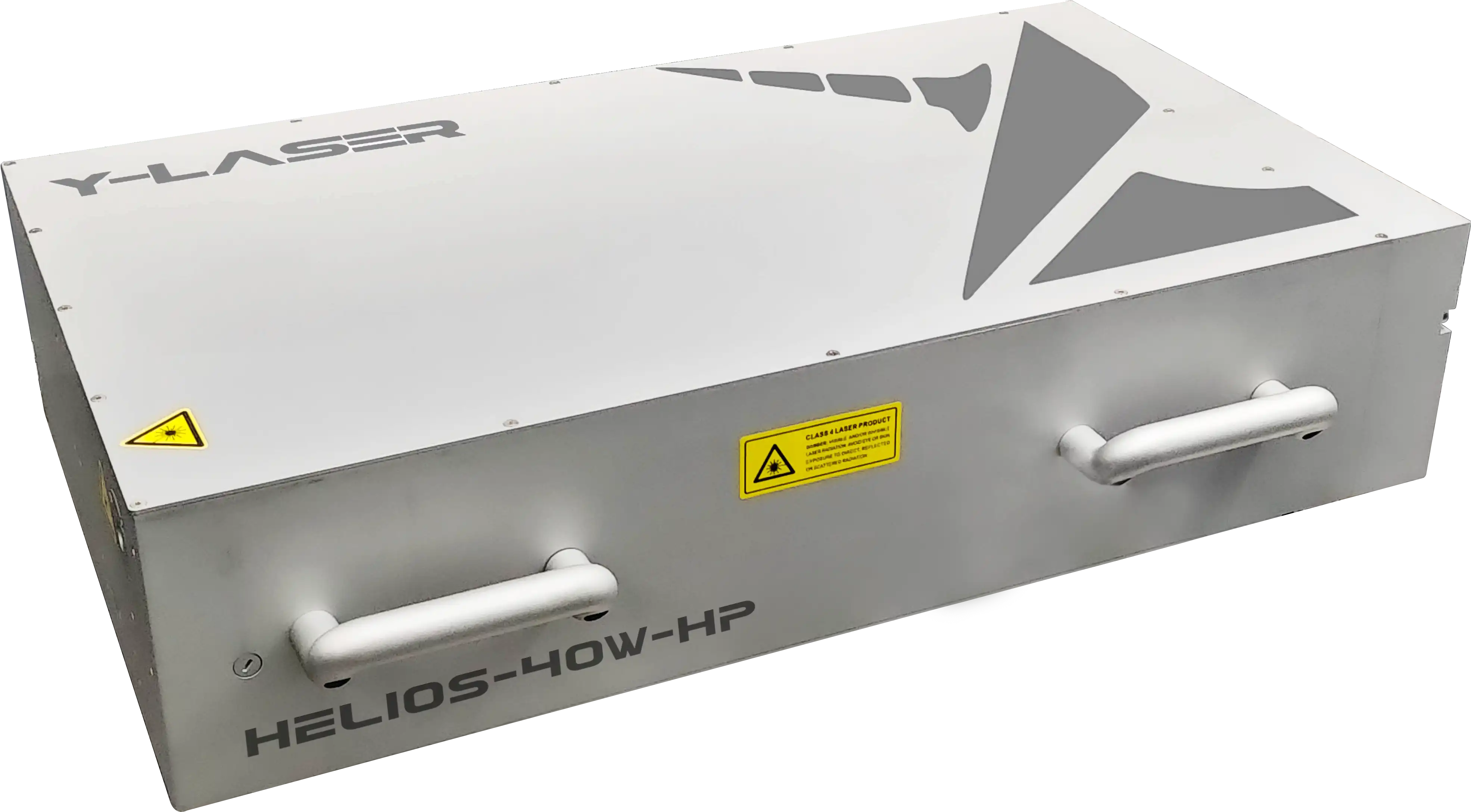Cone drilling technology is an advanced material processing method specifically used to create conical holes with precise angles and dimensions on various materials. This drilling technique relies on specially designed conical drill bits, which are shaped in a cone to gradually widen the hole as they enter the material. The key feature of cone drilling is its ability to produce accurate conical holes on the material surface, meeting the strict requirements for hole diameter and shape in specific industrial applications. This technology offers superior precision and efficiency compared to traditional diameter drilling methods.
Cone drilling has wide applications in fields such as aerospace, precision machinery manufacturing, and medical devices. In the aerospace industry, cone drilling is commonly used to create precise connection points in engine components and structural assemblies. These conical holes are crucial for ensuring the stability and reliability of parts under high-pressure and high-temperature conditions. In the field of precision machinery manufacturing, cone drilling technology is often used to produce parts with specific conical angle requirements, such as gears and bearings. These conical holes can improve assembly accuracy and operational efficiency, thereby enhancing overall mechanical performance. In the medical device field, cone drilling is used to manufacture surgical instruments and implantable medical devices. Precise conical holes help improve the operational accuracy of instruments and the safety of surgeries.

SEM image of an aluminum surface treated with laser pulses
With the advancement of technology, the application of femtosecond lasers in cone drilling is gradually increasing. Femtosecond lasers are known for their extremely high precision and control capabilities, making them particularly suitable for manufacturing conical holes with small dimensions and high precision requirements. Femtosecond laser drilling allows for precise control of hole size, depth, and angle, which is crucial for applications that demand extremely high accuracy. For example, in the production of microelectronic devices and precision medical equipment, femtosecond lasers can achieve higher precision and consistency than traditional drilling methods.
Additionally, the application of femtosecond lasers in cone drilling offers the advantage of reducing thermal effects on the material, which is especially important when dealing with heat-sensitive materials or situations where material integrity needs to be preserved. The high precision and low thermal impact characteristics of femtosecond lasers make them an ideal choice for processing complex materials and precision components. Femtosecond laser drilling demonstrates unique advantages in material processing, providing more efficient and accurate processing solutions for various industries.
In conclusion, cone drilling technology not only plays an important role in traditional industrial applications but, driven by femtosecond laser technology, has significantly expanded and improved in terms of both application fields and processing precision. The development of this technology signals that, in the future, there will be more innovations and applications in industrial manufacturing and precision processing. With the continuous advancement and widespread adoption of femtosecond laser technology, cone drilling will play an increasingly important role in aerospace, precision machinery manufacturing, medical device manufacturing, and other high-end manufacturing fields, driving technological progress and industrial development in related industries.
References:
(1)Simon Rauh et al. "From Femtosecond to Nanosecond Laser Microstructuring of Conical Aluminum Surfaces by Reactive Gas Assisted Laser Ablation." Chemphyschem, 21 (2020): 1644 - 1652. https://doi.org/10.1002/cphc.202000418.

 AI Assistant
AI Assistant


